Tottori Sand Dunes Sightseeing Guide
From trivia to how to enjoy Tottori Sand Dunes!
Tottori Sand Dunes is one of the largest coastal dunes in Japan (16km from East to West, 2.4km to South to North), located along the Sea of Japan in Tottori City, Tottori Prefecture (From Tottori City Fukuba-cho Iwado to Tottori City Hakuto). Part of the dunes is designated as a Special Protection Area of Sanin Kaigan National Park. It is also designated as a National Natural Monument. Tottori Sand Dunes consists of four dunes: “Fukube Sand Dune” famous for its Japanese scallions (rakkyo), “Hamasaka Sand Dune” with sceneries like a desert, “Koyama Sand Dune” where Tottori Dune Conan Airport is located, and “Suetsune Sand Dune” famous from the Japanese Myth ‘Hakuto of Inaba.’ The “Tottori Sand Dunes” that many tourists visit (The dune where “Tottori Sand Dunes Visitor Center” is located) is “Hamasaka Sand Dune” in the East of Chiyo River.
Origin of Tottori Sand Dunes
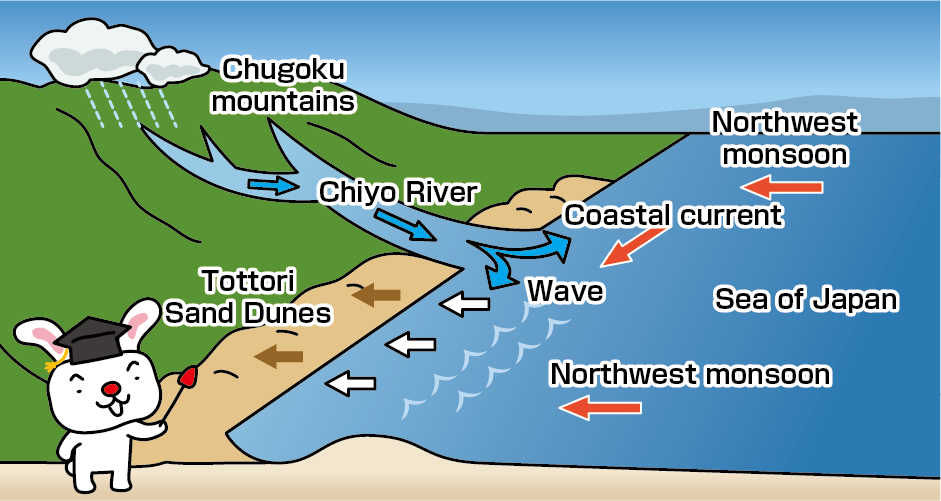
Here is how Tottori Sand Dunes were created. The rocks of Chugoku Mountains eroded and turned into sand and were carried by Chiyo River to the Sea of Japan. The sand deposited on the ocean floor is washed up onto the shore by coastal currents and waves. The dunes were created by the wind blowing towards the land.
Tottori Sand Dunes Map
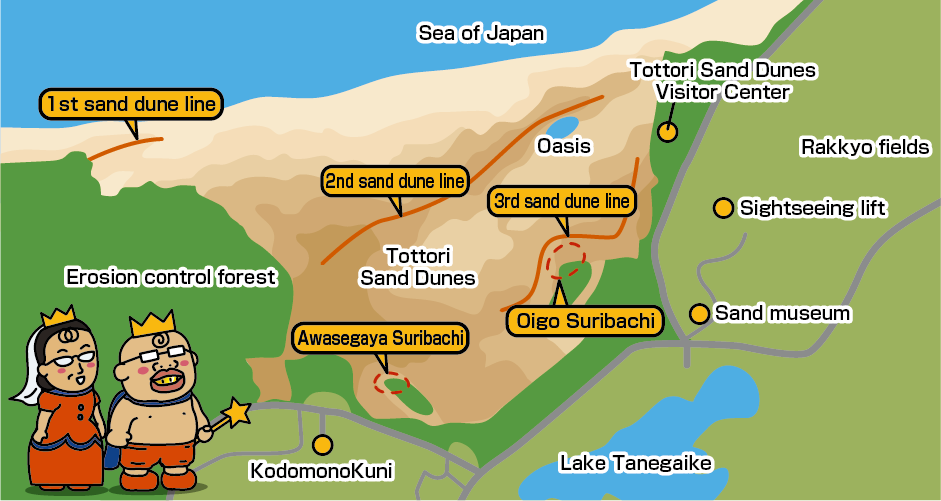
One characteristic of coastal dunes is that dunes line up parallel to the coastline. There are three rows of dunes, with the first dune line closest to the coast, then the second dune line, and the third dune line. The most popular row of dunes is the second dune line with views like a desert. It looks like the back of a horse, so the second dunes line are also called “Umanose.” With a height of 47m and a maximum gradient of 32 degrees, it is difficult to climb the sand hill. However, a great view of the Sea of Japan awaits you at the top.
Hamasaka Sand Dune in Tottori Sand Dunes
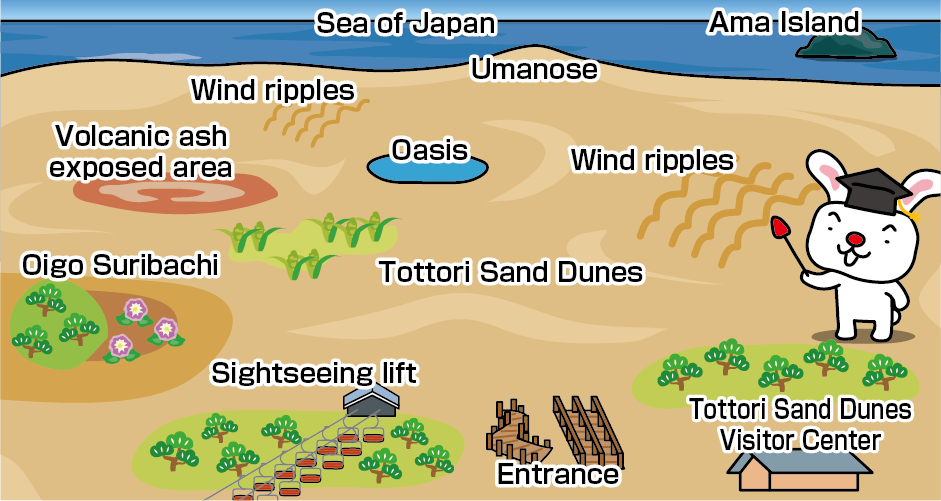
An oasis appears in the southern base of “Umanose.” It is a puddle that appears from Winter to Spring, and it disappears during the Summer. However, it sometimes appears after heavy rain. Under the sand dune is a layer of volcanic ash, which repels rainwater and groundwater, creating the oasis. This ash is derived from the eruption of the Aira Caldera in Kagoshima around 30000 years ago and the eruption of the magnificent “Mount Daisen” around 50000 years ago. Some of the volcanic ash layers are exposed around the third dunes.
Wind Ripples

In sightseeing pamphlets and travel guides that introduce Tottori Sand Dunes, there are photos that show beautiful wind ripples. It can be said that many tourists visit Tottori Sand Dunes for the wind ripples. If you avoid rainy days, there is a high chance you can see the wind ripples, but there has to be moderate wind (5m to 10m per second) for wind ripples. It is recommended to go see the wind ripples early morning when nobody has set foot into the dunes yet.
Oigo Suribachi
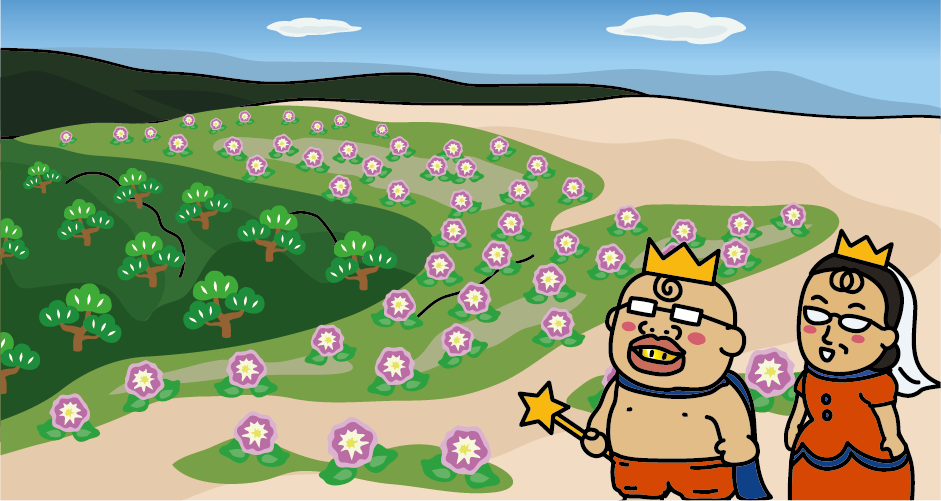
The third dunes have many depression terrains that look like the earthenware mortar and are often called “Suribachi.” The “Oigo Suribachi,” is famous for its average gradient of 30 degrees and a depth of 40m. Plants native to the dunes grow on the slopes. In the early summer, Bindweed flowers bloom, an enjoyable sight for tourists.
Tottori Sand Dunes Visitor Center

“Tottori Sand Dunes Visitor Center” has many exhibits and videos that introduce us to the Tottori Sand Dunes. For first-time comers, the center can teach you how to walk around the Dunes and detailed routes. Sand will enter your shoes while walking around the dunes, so there is a “Feet Washing Space” outside of the Visitor Center. In the Summer, the sand of Tottori Sand Dunes rises up to around 60 degrees, so there is a danger of burning your feet if you walk barefoot or in sandals. Be sure to bring your boots if you are to walk around Tottori Sand Dunes in the Summer.
Sightseeing Lifts
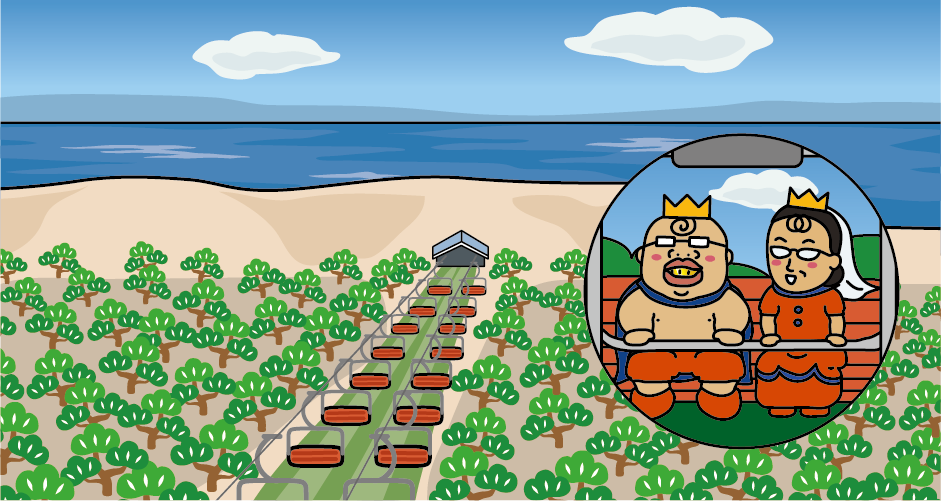
There is also a sightseeing lift to watch the Tottori Sand Dunes from above. It operates from the Dune Center on a hill.
Activities in Tottori Sand Dunes

At “Tottori Sand Dunes,” you can watch children sliding down the slopes on cardboard sleds. Also, there are many activities that you can experience such as camel riding, paragliding, and Segway.
Tanegaike Lake
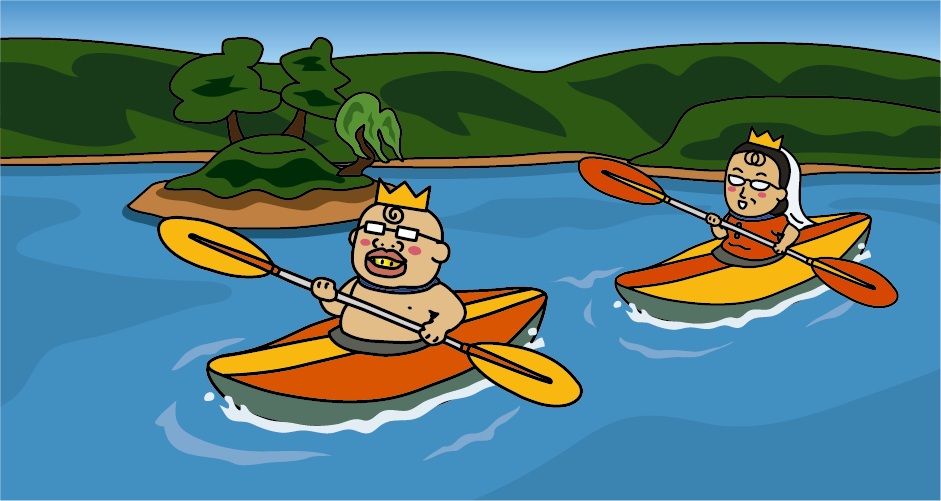
Tanegaike Lake, located 1.3km South of Tottori Sand Dunes, was connected to the Sea of Japan in ancient times but is now a lake with no rivers connecting to it because of the evolution of Tottori Sand Dunes. It is a small lake with a circumference of 3.4km, but it is one of the deepest lakes in Chugoku Region with a depth of 15.1m, far deeper than Shinjiko Lake in Shimane Prefecture. Many enjoy activities there such as kayaking.
Stargazing

Tottori Prefecture appeals to the beauty of the starry sky because the air is so clear that if you look up at the night sky, you can almost touch the stars. At Tottori Sand Dunes, you can also enjoy night activities such as stargazing and night walks.
Rakkyo fields

Tottori Prefecture is famous for its “Japanese Scallions (Rakkyo).” There are many “Rakkyo fields” around Tottori Sand Dunes, and its flowers are in full bloom from late October to early November. It is a beautiful view, with purple flowers covering the fields.
The Sand Museum

“The Sand Museum” nearby the Dunes Center is an art museum with exhibits of sand sculptures. Exhibitions of sand sculptures are held every year with a different theme every year. From the new year to Spring, the museum is closed for preparation and creation for the next exhibition.
Tottori Sakyu Kodomonokuni
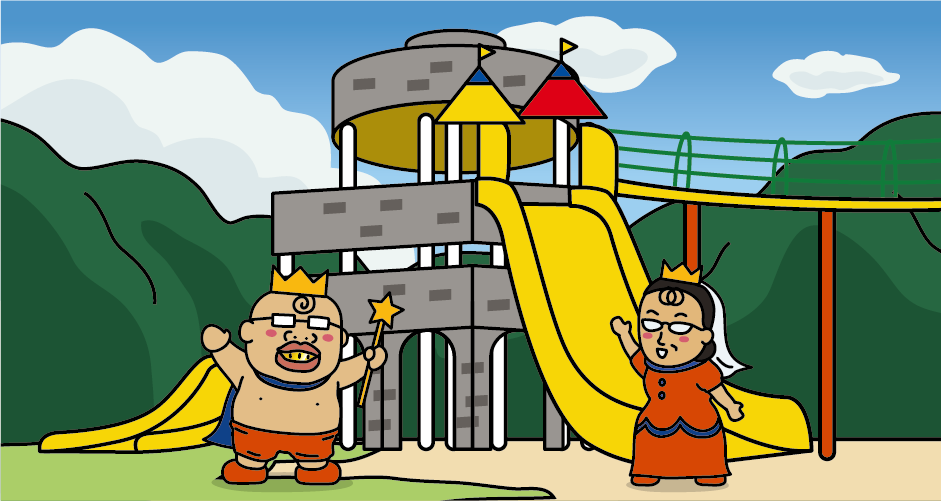

“Tottori Sakyu Kodomonokuni” is a facility with large-scale athletic playgrounds, cycle monorails, rail trains, campsites, and Summer-exclusive water sliders. It is 5 minutes by car from Tottori Sand Dunes.
Access to Tottori Sand Dunes
[Railway]
From Tokyo
It takes about 3 hours from JR Tokyo Station to JR Himeji Station by Tokaido/Sanyo Shinkansen. Transfer to the limited express Super Hakuto at JR Himeji Station to JR Tottori Station in about 1 hour 30 minutes.
From Osaka
It takes about 2 hours and 30 minutes from JR Shin-Osaka Station to JR Tottori Station by the limited express Super Hakuto.
From Fukuoka
It takes about 2 hours from JR Hakata Station to JR Okayama Station by Tokaido/Sanyo Shinkansen. Transfer to the Super Inaba limited express at JR Okayama Station to JR Tottori Station in about 1 hour and 50 minutes.
[Airplane]
It takes about 1 hour and 15 minutes from Haneda Airport to Tottori Airport. It takes about 20 minutes from Tottori Airport to Tottori Station by airport shuttle bus.
It takes about 20 minutes from Tottori Station Bus Terminal to Tottori Sakyu (Sakyu Kaikan) Bus Stop by local bus (Tottori Sakyu Line).










You need to login to comment on an article.